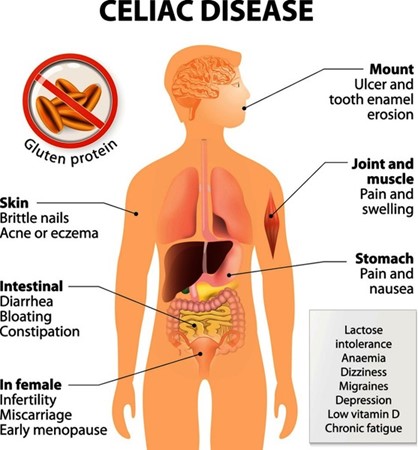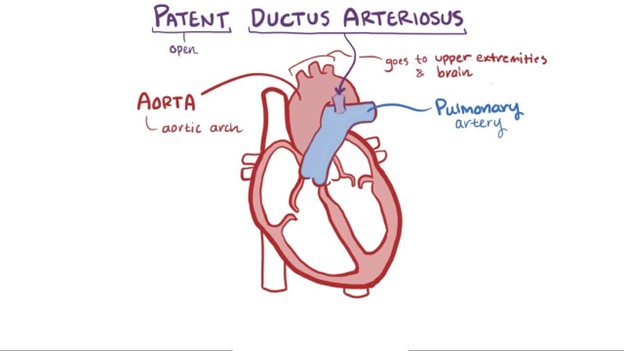A child with severe anemia requires a unit of red blood cells (RBCs). The nurse explains to the child that the transfusion is necessary to:
help her body stop bleeding by forming a clot
Fight the infection that she now has
Increase her energy so she will not be so tired
allows her parents to come visit her
The Correct Answer is C
Severe anemia is a condition characterized by a significant decrease in the number of red blood cells or hemoglobin in the blood, leading to reduced oxygen-carrying capacity. This can result in fatigue, weakness, and shortness of breath in the affected individual.
A red blood cell transfusion is given to a child with severe anemia to increase the number of red blood cells and, consequently, the hemoglobin level in the blood. This helps improve oxygen delivery to tissues and organs, which can lead to increased energy levels and reduced fatigue.
Option A is incorrect because red blood cell transfusion is not given to help the body stop bleeding by forming a clot. Platelets are responsible for clot formation, not red blood cells.
Option B is incorrect because a red blood cell transfusion is not used to fight infections. White blood cells and the immune system are responsible for fighting infections.
Option D is incorrect because a red blood cell transfusion is not given to allow her parents to come to visit her. Transfusions are medical treatments to address specific medical conditions and are not related to visitation rights.
Nursing Test Bank
Naxlex Comprehensive Predictor Exams
Related Questions
Correct Answer is B
Explanation
When providing teaching to a parent of a child with celiac disease, the nurse should recommend food choices that are gluten-free. Celiac disease is an autoimmune disorder triggered by the ingestion of gluten, which is a protein found in wheat, barley, rye, and their derivatives. Gluten damages the small intestine lining in individuals with celiac disease, leading to various gastrointestinal and nutritional issues.
The correct food choice for a child with celiac disease is B. Rice. Rice is naturally gluten-free and can be a safe and nutritious option for individuals with celiac disease. Other gluten-free options include corn, quinoa, oats (certified gluten-free oats), potatoes, and many fruits and vegetables.
A. Barley: Barley contains gluten, which is harmful to individuals with celiac disease. It should be avoided in the child's diet.
C. Rye: Rye also contains gluten and should be avoided in the child's diet. It can cause damage to the small intestine in individuals with celiac disease.
D. Wheat: Wheat is a primary source of gluten and is strictly off-limits for individuals with celiac disease. It is essential to avoid all wheat-containing products, including bread, pasta, and baked goods.

Correct Answer is B
Explanation
A patent ductus arteriosus (PDA) is a congenital heart defect associated with increased pulmonary blood flow. In normal fetal circulation, the ductus arteriosus allows blood to bypass the lungs since the baby receives oxygen from the mother's placenta. After birth, the ductus arteriosus should close, redirecting blood flow to the lungs for oxygenation. However, in some infants with PDA, the ductus arteriosus remains open, causing an abnormal connection between the aorta and the pulmonary artery. As a result, oxygenated blood from the aorta flows back into the pulmonary artery, increasing the workload on the lungs.
The other options are as follows:
A. Coarctation of the aorta - Coarctation of the aorta is a narrowing of the aorta, which obstructs blood flow and leads to increased blood pressure in the upper body and reduced blood flow to the lower body.
C. Tetralogy of Fallot - Tetralogy of Fallot is a combination of four heart defects that results in decreased pulmonary blood flow due to a ventricular septal defect (VSD), overriding aorta, pulmonary stenosis, and right ventricular hypertrophy.
D. Tricuspid atresia - Tricuspid atresia is a congenital heart defect where the tricuspid valve does not develop correctly, resulting in an absent or abnormal tricuspid valve. This defect prevents blood flow from the right atrium to the right ventricle and, therefore, reduces pulmonary blood flow.

Whether you are a student looking to ace your exams or a practicing nurse seeking to enhance your expertise , our nursing education contents will empower you with the confidence and competence to make a difference in the lives of patients and become a respected leader in the healthcare field.
Visit Naxlex, invest in your future and unlock endless possibilities with our unparalleled nursing education contents today
Report Wrong Answer on the Current Question
Do you disagree with the answer? If yes, what is your expected answer? Explain.
Kindly be descriptive with the issue you are facing.
